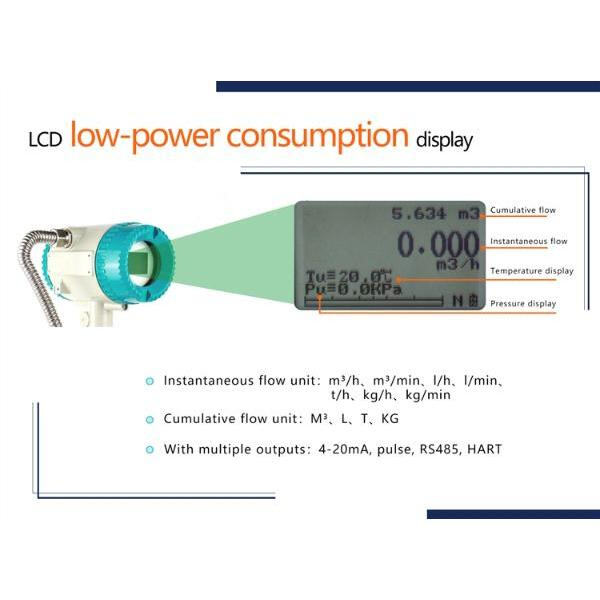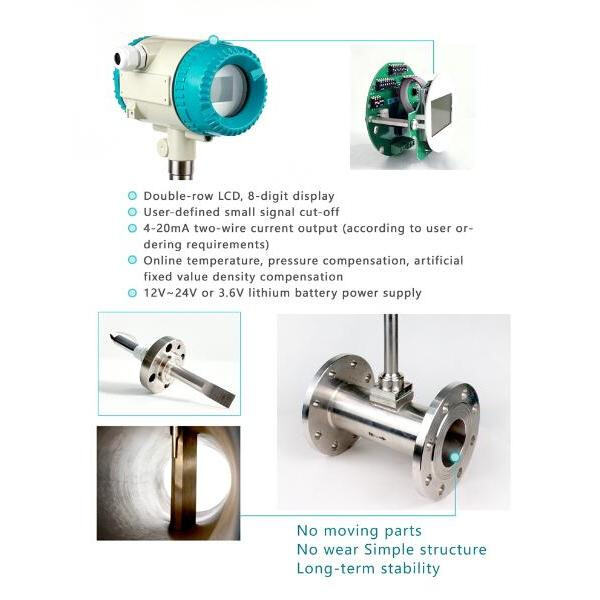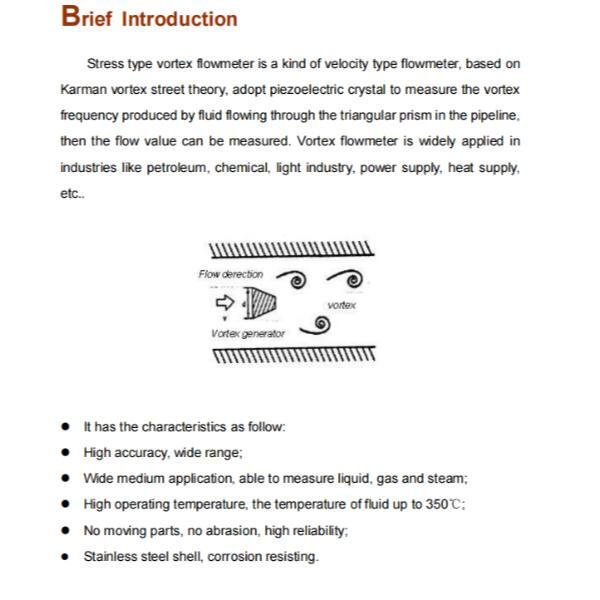Ever wonder how machines figure out how much liquid is flowing through them? One way they accomplish this is by using an instrument known as a vortex flow meter. We’ll see here, how vortex flow meters work and how they can assure that, accurate reading is received across the industries.
So, let’s begin with what a vortex flow meter is. It’s a neat gadget that gauges how quickly liquids — like water or oil — move through a pipe. It does so by imposing vortices on the fluid, which are swirling patterns in the liquid. The vortices are then counted to determine how fast the liquid is flowing.
So what makes a vortex flow meter a flow meter that has the capability of providing accurate readings? The secret is in the vortices generated by the liquid as it passes through the meter. As the liquid rushes past an obstruction — a notched disk, for instance, or a bar — it generates vortices in its wake. We can determine the rate of flow of the liquid with great precision by counting the number of vortices in a given time.

Vortex shedding One more for the road: vortexes And finally, let's hear about vortex shedding. This is where the vortices would form and detach in the flow. For a vortex flow meter, such vortices result from an obstruction to a flow passage. The rate by which these vortices are generated is linked to the rate by which the fluid is flowing by. By counting how often the vortices are created, we can determine the liquid flow rate precisely.

It is important to understand how a vortex flow meter works in order to get accurate readings in industries. When engineers understand how vortices are generated and counted, they can ensure that their flow meters are working correctly. This enables them to make smart decisions regarding their processes and equipment, from the flow rates they measure.

Finally, the PROS and CONS of Vortex Flow Meters (Benefits and Limitations of Vortex Flow Meters). One big advantage of these meters is they can provide precise readings at many flow rates. They also are very easy to install and maintain, and are common in many applications. But they may not be so effective at the very low flow rates or when used with liquids that don’t generate vortices.


Copyright © Kaifeng Kamboda Industrial Instrument Co.,Ltd All Rights Reserved - Privacy Policy